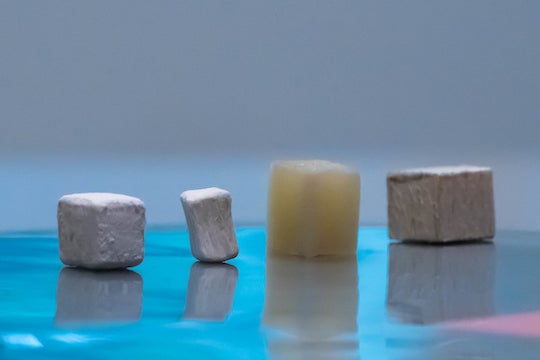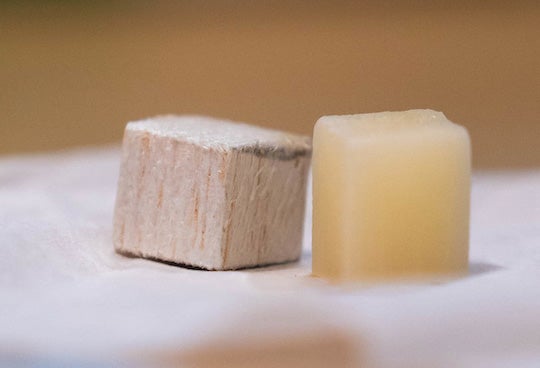Rice University scientists have figured out a way to engineer wood to trap carbon dioxide through a potentially scalable, energy-efficient process that also makes the material stronger for use in construction.

Structural materials like steel or cement come at a high cost both in dollars and carbon dioxide emissions; building construction and use accounts for an estimated 40% of emissions. Developing sustainable alternatives to existing materials could help mitigate climate change and reduce carbon dioxide emissions.
Working to address both issues at once, materials scientist Muhammad Rahman and collaborators found a way to incorporate molecules of a carbon dioxide-trapping crystalline porous material into wood, according to a study published in Cell Reports Physical Science.
"Wood is a sustainable, renewable structural material that we already use extensively,"
Rahman said. "Our engineered wood did exhibit greater strength than normal, untreated wood."
To achieve the feat, the network of cellulose fibers that gives wood its strength is first cleared out through a process known as delignification.

"Wood is made up of three essential components: cellulose, hemicellulose and lignin," Rahman said. "Lignin is what gives wood its color, so when you take lignin out, the wood becomes colorless. Removing the lignin is a fairly simple process that involves a two-step chemical treatment using environmentally benign substances. After removing the lignin, we use bleach or hydrogen peroxide to remove the hemicellulose."
Next, the delignified wood is soaked in a solution containing microparticles of a metal-organic framework, or MOF, known as Calgary framework 20 (CALF-20). MOFs are high-surface-area sorbent materials used for their ability to adsorb carbon dioxide molecules into their pores. "The MOF particles easily fit into the cellulose channels and get attached to them through favorable surface interactions," said Soumyabrata Roy, a Rice research scientist and lead author on the study.
MOFs are among several nascent carbon capture technologies developed to address anthropogenic climate change. "Right now, there is no biodegradable, sustainable substrate for deploying carbon dioxide-sorbent materials," Rahman said. "Our MOF-enhanced wood is an adaptable support platform for deploying sorbent in different carbon dioxide applications."

"Many of the existing MOFs are not very stable in varying environmental conditions," Roy said. "Some are very susceptible to moisture, and you don't want that in a structural material."
CALF-20, however, developed by University of Calgary Professor George Shimizu and collaborators, stands out in terms of both performance level and versatility under a variety of environmental conditions, Roy said.
"The manufacturing of structural materials such as metals or cement represents a significant source of industrial carbon emissions," Rahman said. "Our process is simpler and 'greener' in terms of both substances used and processing byproducts.


"The next step would be to determine sequestration processes as well as a detailed economic analysis to understand the scalability and commercial viability of this material," he added.
Rahman is an assistant research professor in materials science and nanoengineering in Rice's George R. Brown School of Engineering. Roy is a research scientist in materials science and nanoengineering at Rice.
Shell Technologies (R66830) and the UES-Air Force Research Laboratory (G10000097) supported the research.






